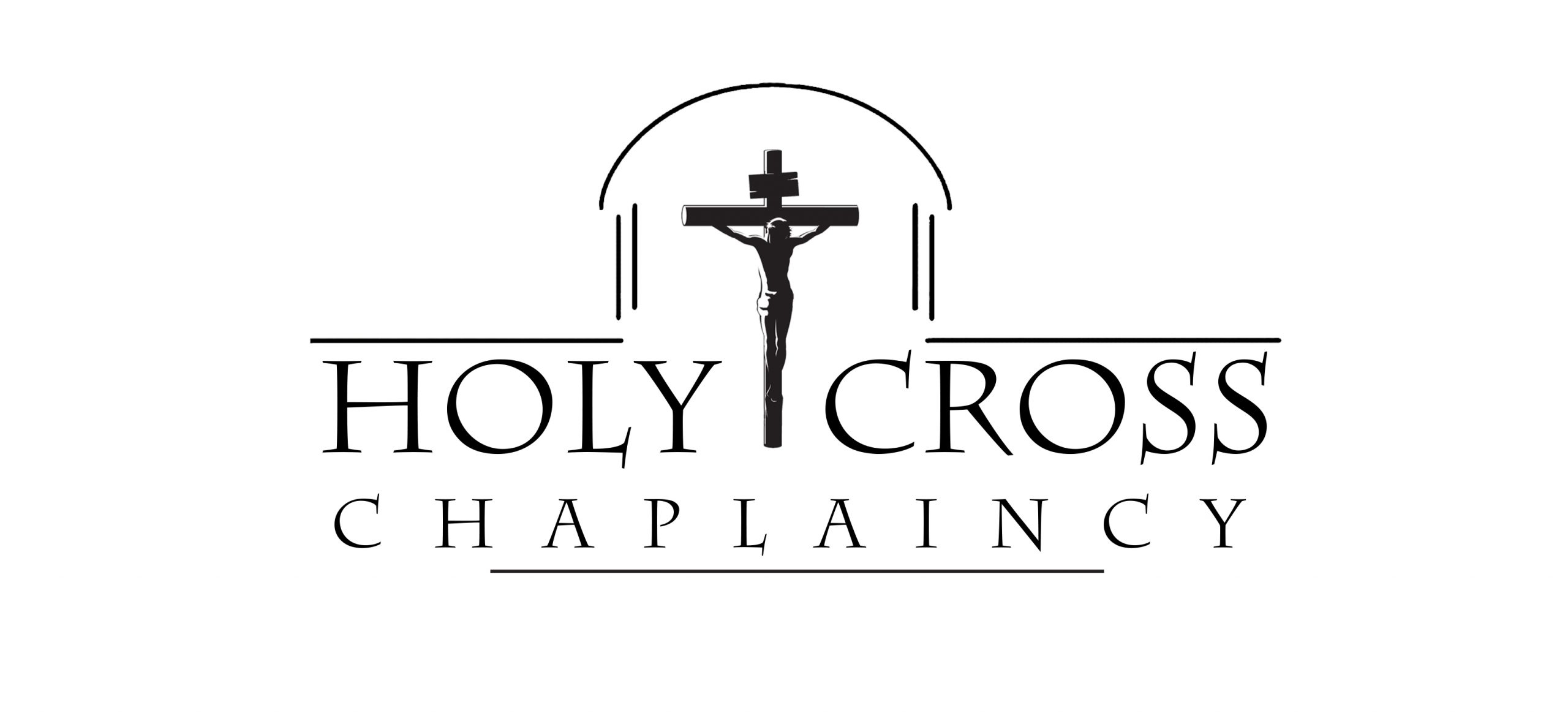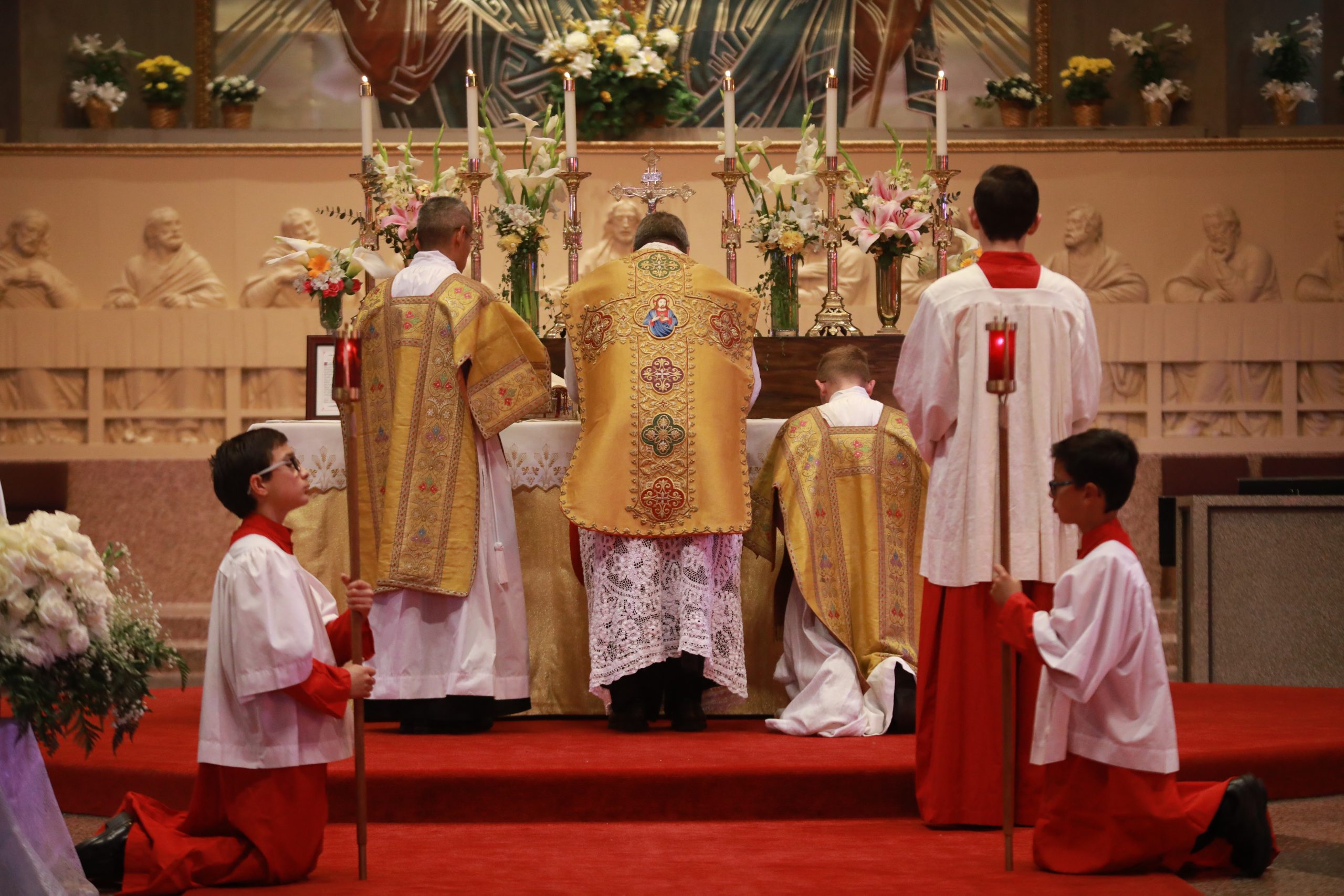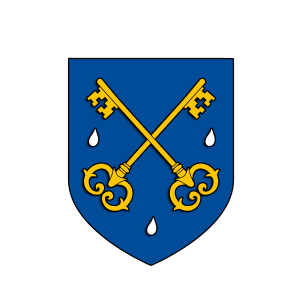Catholic Traditions for Christmas
The empty manger: Each child may have his own individual manger, or there may be one manger for the whole family. The idea is that when acts of service, sacrifice, or kindness are done in honor of Baby Jesus as a birthday present, the child receives a piece of straw to put into the manger. Then, on Christmas morning, Baby Jesus is placed in the manger. Encourage your children to make Jesus bed as comfortable as possible through their good deeds. In the process, explain Christs incomparable self-gift at Christmas and Easter that enables us to be part of Gods family.
The Jesse tree: The Jesse tree tells about Christs ancestry through symbols and relates Scripture to salvation history, progressing from creation to the birth of Christ. The tree can be made on a poster board with the symbols glued on, or on an actual tree.
St. Nicholas Day: The feast of St. Nicholas is on Dec. 6th. It is a highlight of the Advent season. Each child puts out a shoe the night before St. Nicholas Day in the hope that the kind bishop with his miter, staff, and bag of gifts will pay a visit. The current Santa Claus is modeled after St. Nicholas, but commercialism has tarnished the true story. Many families give gifts on both Dec. 6 and Christmas. Read about St. Nicholas in your favorite saints book.
The Christ candle: Any large white candle can be used for the Christ candle. The idea is to decorate it with symbols for Christ. Use old Christmas cards, sequins, holly, etc. The candle can be lit on Christmas Eve to show that the Light of the World has arrived. Then continue to light the Christ candle throughout the year at Sunday dinner to remind your family of our waiting for Christ, as well as celebrating His birth and Resurrection.
The Mary candle: Some families have the custom of decorating the Christ candle with a blue veil on December 8th, the Solemnity of the Immaculate Conception. On this great feast, others place a candle with a blue ribbon before a statue or picture of the Blessed Virgin, whose yes to God enabled our Lords coming at Christmas. The candle is lit during meal times to serve as a delightful reminder of Marys eager expectation of the Light of the World. It can also serve as a reminder to each family member to keep their own light of grace burning as a preparation for Christs coming.
St. Lucy cakes: The feast of St. Lucy, virgin and martyr, is on December 13th. This marks the opening of the Christmas season in Sweden. Her life story can be found in most saints books, as can the recipe for the traditional cakes. The symbolism is rich and her life story worthwhile reading.
The Nativity scene: This is the event in which the entire family shares setting up the Christmas manger. Mary and Joseph should be far off traveling and their approach to Bethlehem can be adjusted daily. Older children can make life-size Nativity models, carve them, cut them out from cardboard, or set up pre-made figurines. The creative ideas are without limit. Make sure to place the Nativity scene where many can admire the childrens efforts to give God glory.
Christmas baking: There are many recipe books available to find great traditional Christmas baking ideas. (See recommended reading below.) The baking usually starts around December 20th. As Christmas approaches, the house will smell of baking and fresh wreaths. The glory of Christmas is at hand! Move the manger to a focal point, add lights to the Nativity to be lighted on Christmas Eve, and anticipate together.
Blessing of the tree: More and more frequently families are blessing their Christmas trees. It is good to remind children that the tree relates to many aspects of our faith. For example, we are reminded that our first parents were not allowed to eat from one tree, and that Christ paid the great price for our redemption by hanging on a tree (cf. Acts 5:29-32).
There are many different stories which attempt to explain why we use a tree at Christmas. For instance, St. Boniface in the eighth century gave the balsam fir tree to the Druids in place of the oak tree, the symbol of their idol. He said, The fir tree is the wood of peace, the sign of an endless life with its evergreen branches. It points to heaven. It will never shelter deeds of blood, but rather be filled with loving gifts and rites of kindness.


